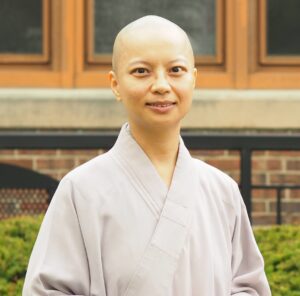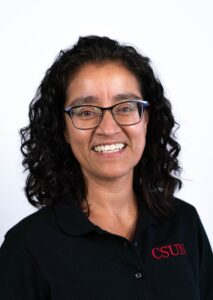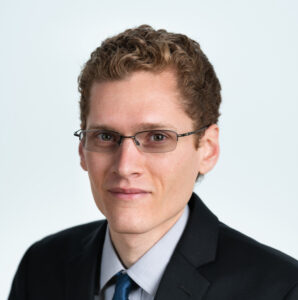embodied teaching
Select an item by clicking its checkbox
One of my courses is a first-year tutorial designed to fit in with the college-wide objectives to develop new students’ basic academic skills, including writing, critical reading, and oral communication. It also involves individually advising new students to navigate their learning journey until they declare their major field of study. ...
I was asked for pictures of me while teaching in the classroom. An organization I’m part of wanted them for one of their platforms and I obliged. I asked a student to use their phone to take pictures of me during one of our class sessions. I asked them ...
It was a spectacular morning on Emory’s verdant quad. The early October air was just offering the hint of crispness that announced the imminent arrival of fall. The grass, roped off for re-seeding (a detail some students thought revealed loving care for the soil and others thought revealed a ...
When was the last time you had a student visibly start paying more attention because of something you said? What were you saying? What were you doing with your body? One of the things I do that most consistently causes certain students to perk up is reference other languages. When ...
English is not my first language. The first time I went to an English-speaking school was in Baguio City, Philippines, in 2003. I was nervous about learning in a language that is not my own. Would I manage? And what if I failed? These questions haunted me as I boarded the ...




